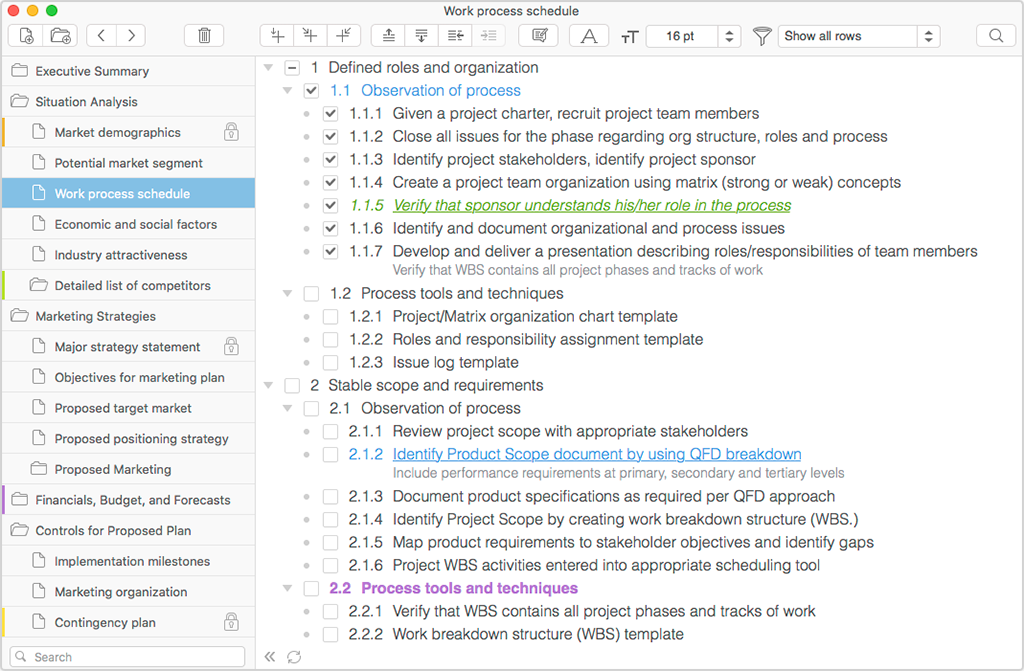

- #Cloud outliner vs omnioutliner android#
- #Cloud outliner vs omnioutliner software#
- #Cloud outliner vs omnioutliner code#
- #Cloud outliner vs omnioutliner free#
The experiment looks well-structured and thought through (many are not), but the analysis of the results is confused. The 102 subjects were asked to review the two files, with file order randomly selected. The experiment run by the authors involved two files, each containing one seeded coding mistake. Is the impact of file order on number of comments a side effect of some unrelated process? One way of showing a causal connection is to run an experiment. Consequently, I view the model as a rough guide. The model does not include information available in the data, such as file contents (e.g., Java, C++, configuration file, etc), and there may be correlated effects I have not taken into account. There was a 16% decline in comments for successive files reviewed, test cases had 50% fewer comments, and there was some percentage increase with lines added number of comments increased by a factor of 2.4 per additional commenter (is this due to importance of the file being reviewed, with importance being a metric not present in the data). The best model I could fit to all pull requests containing less than 10 files, and having a total of at least one comment, explained 36% of the variance present, which is not great, but something to talk about. One factor for which information is not present in the data is social loafing, where people exert less effort when they are part of a larger group or at least I did not find a way of easily estimating this factor.
#Cloud outliner vs omnioutliner code#
Many factors could influence the number of comments associated with a pull request for instance, the number of people commenting, the amount of changed code, whether the code is a test case, and the number of files already reviewed (all items which happen to be present in the available data). The colored lines indicate the total number of code review comments associated with a given pull request, with the red dots showing the 69% of pull requests that did not receive any review comments ( code+data): The plot below shows the number of pull requests containing a given number of files. The paper is relatively short and omits a lot of details I’m guessing this is due to the page limit of a conference paper. They also ran an experiment which asked subjects to review two files, each containing a seeded coding mistake. The paper First Come First Served: The Impact of File Position on Code Review extracted and analysed 219,476 pull requests from 138 Java projects on Github. TLDR: The number of review comments decreases for successive files in the pull request by around 16% per file. In practice, code review often involves multiple files (or at least pull-based reviews do), which begs the question: Do people invest less effort reviewing files appearing later?
#Cloud outliner vs omnioutliner software#
4,000 vs 400 vs 40 hours of software development practice.Réussir avec les OKR en Agile (French OKRs).Its the engineers, stupid – one from the heart.NoEstimates panders to mismanagement and developer insecurity.

Ecology as a model for the software world.Devin Townsend at the Royal Albert Hall (again).Programming language similarity based on their traits.Evidence-based Software Engineering: now in paperback form.
#Cloud outliner vs omnioutliner free#
#Cloud outliner vs omnioutliner android#


Impact of number of files on number of review comments.


 0 kommentar(er)
0 kommentar(er)
